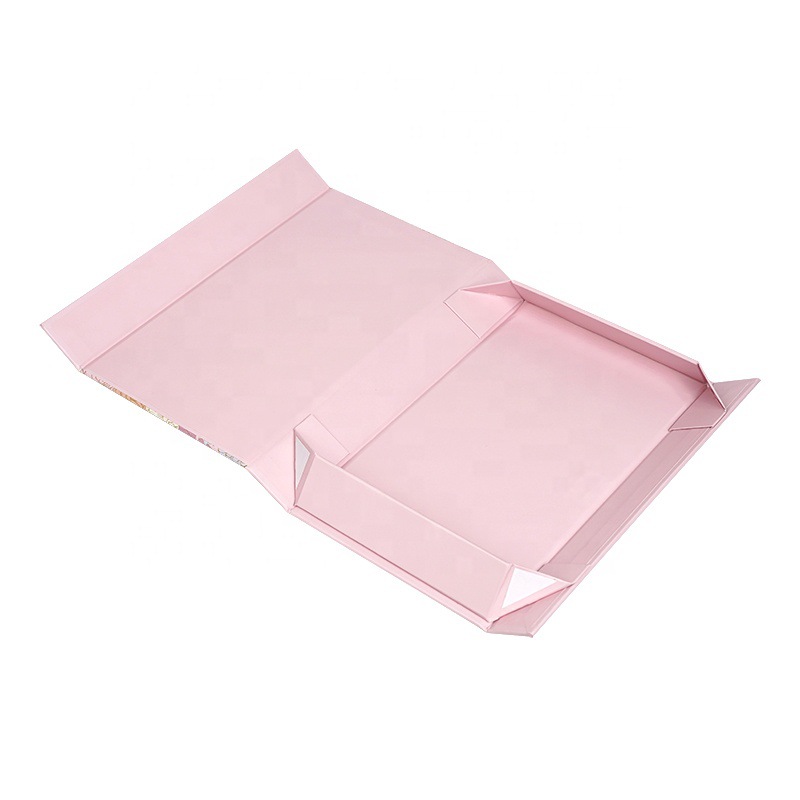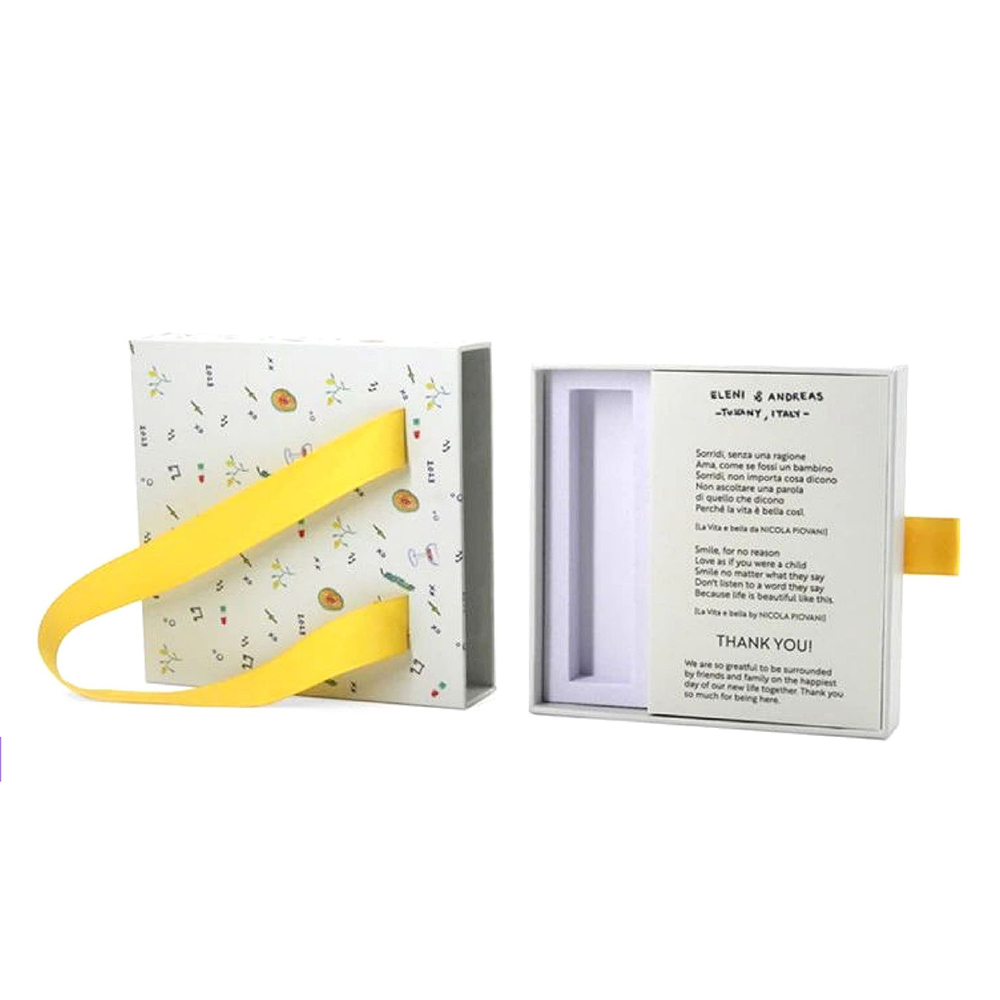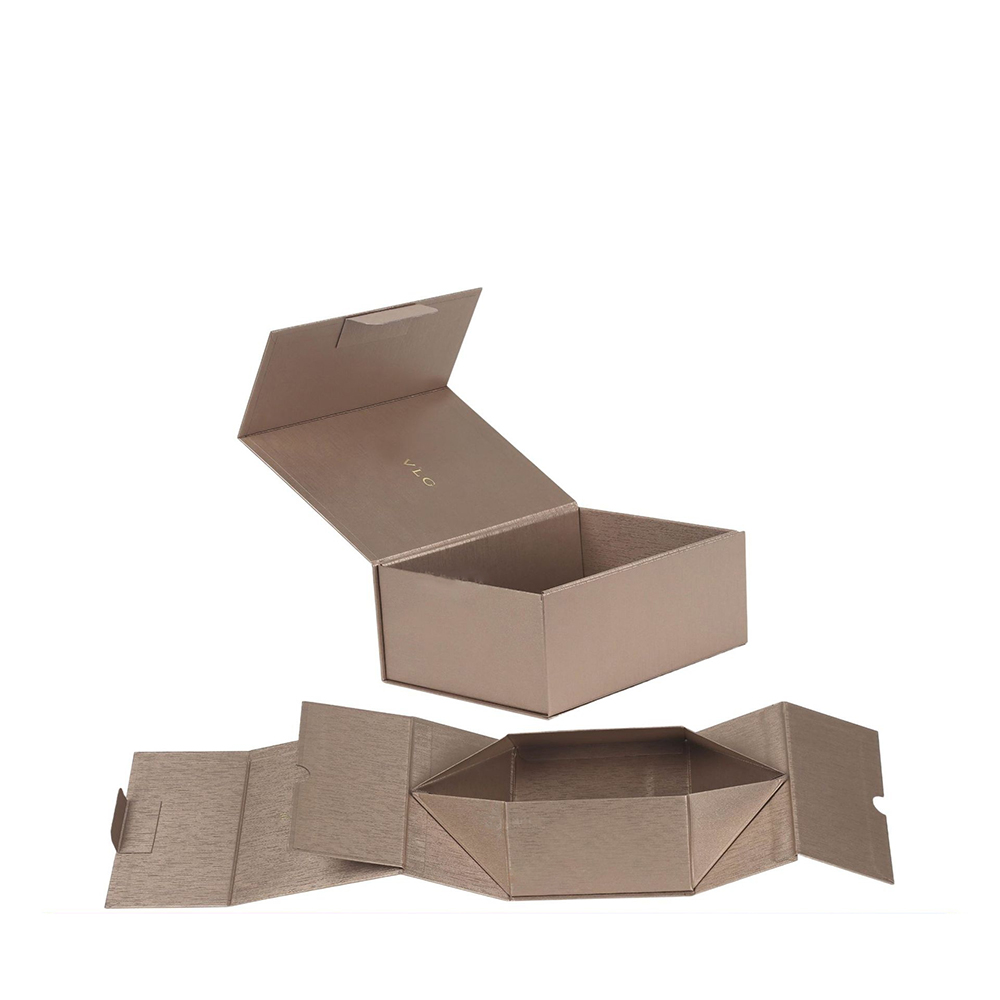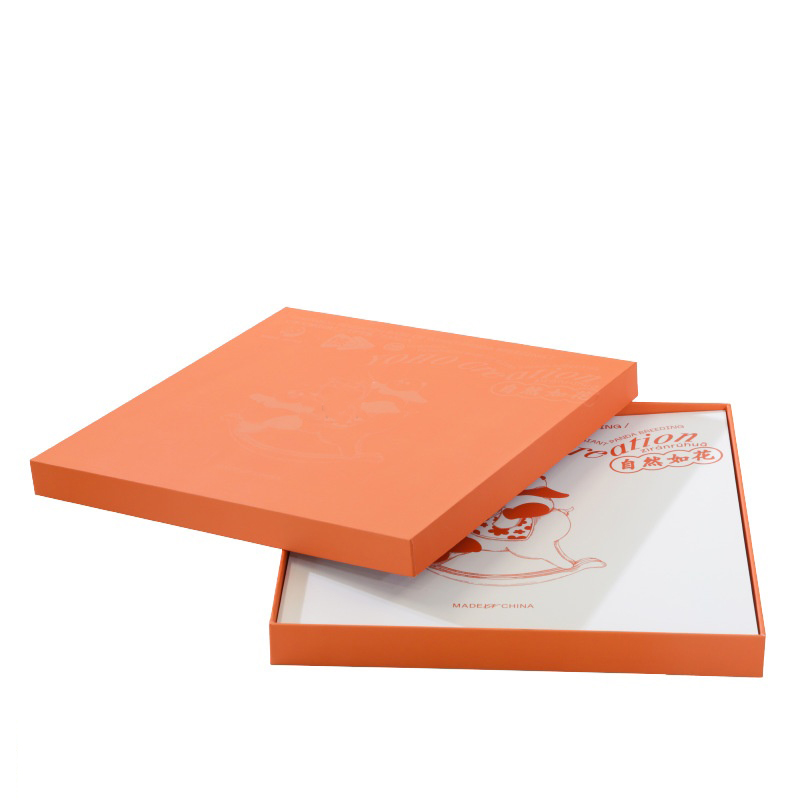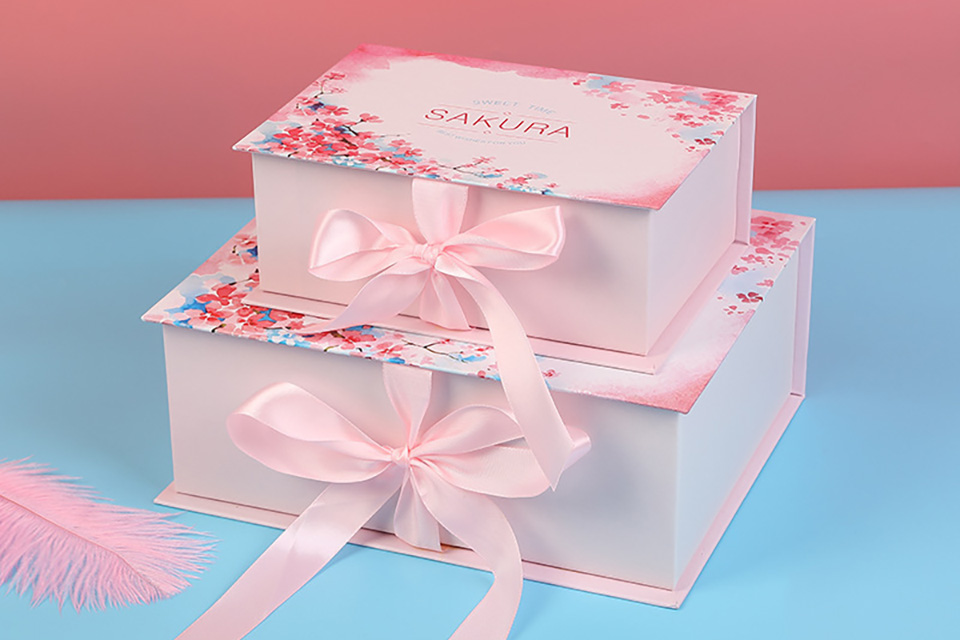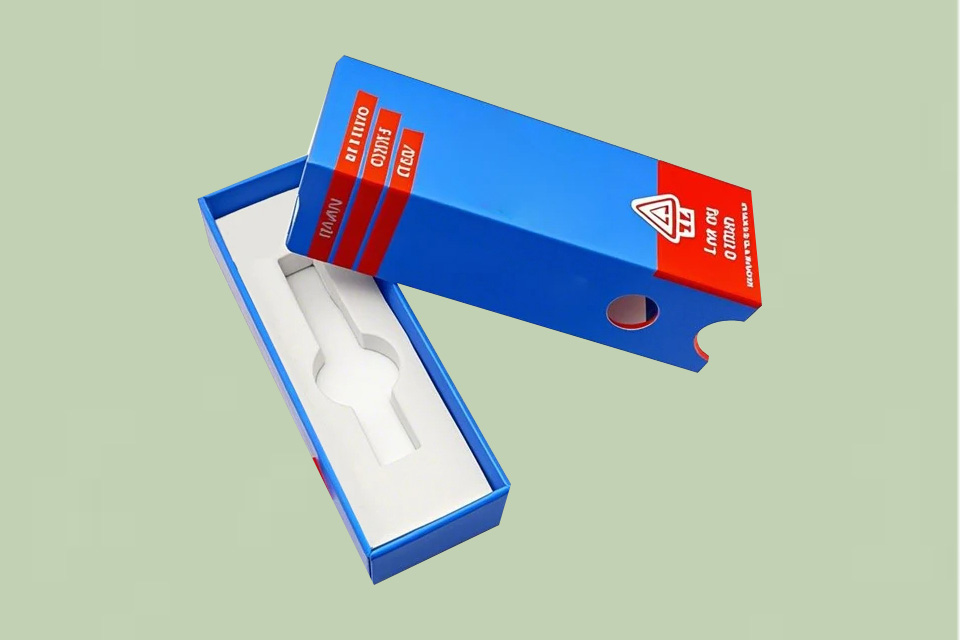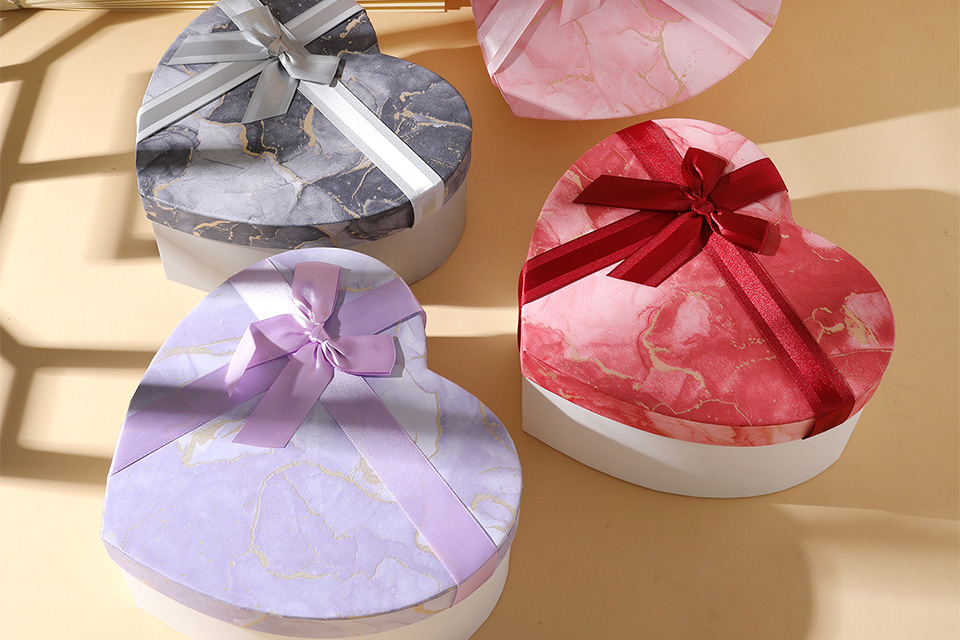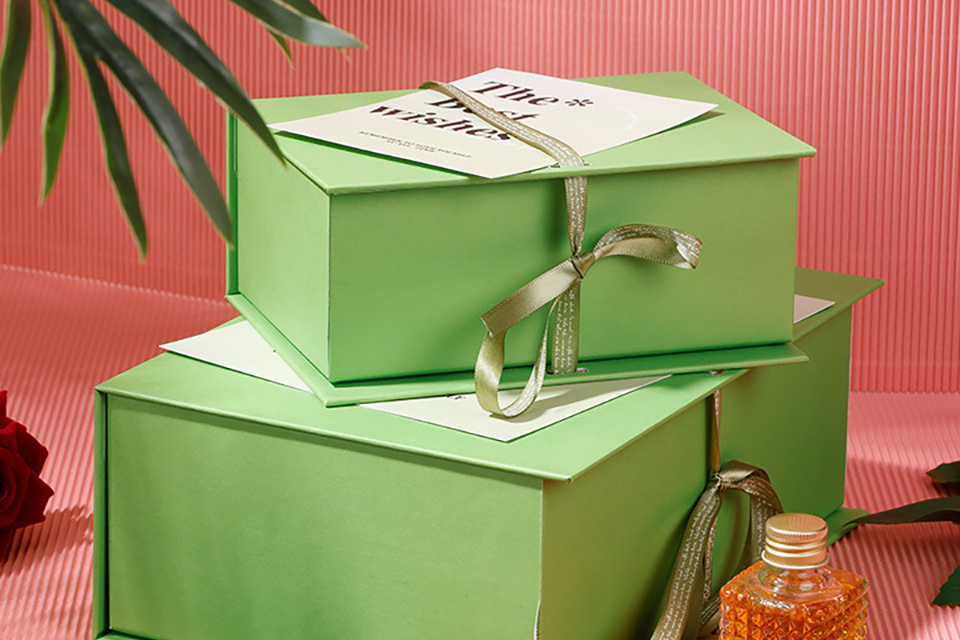Abstract
In the wave of consumption upgrading, high-end packaging boxes have become the core carrier of brand differentiation competition. They not only serve the function of product protection but also act as a medium for conveying brand value. This article analyses how to scientifically select high-end packaging boxes from six dimensions: structural design, material selection, craftsmanship, brand image, user experience, and environmental sustainability, providing feasible solutions for enterprises by combining customised needs with authoritative industry cases.
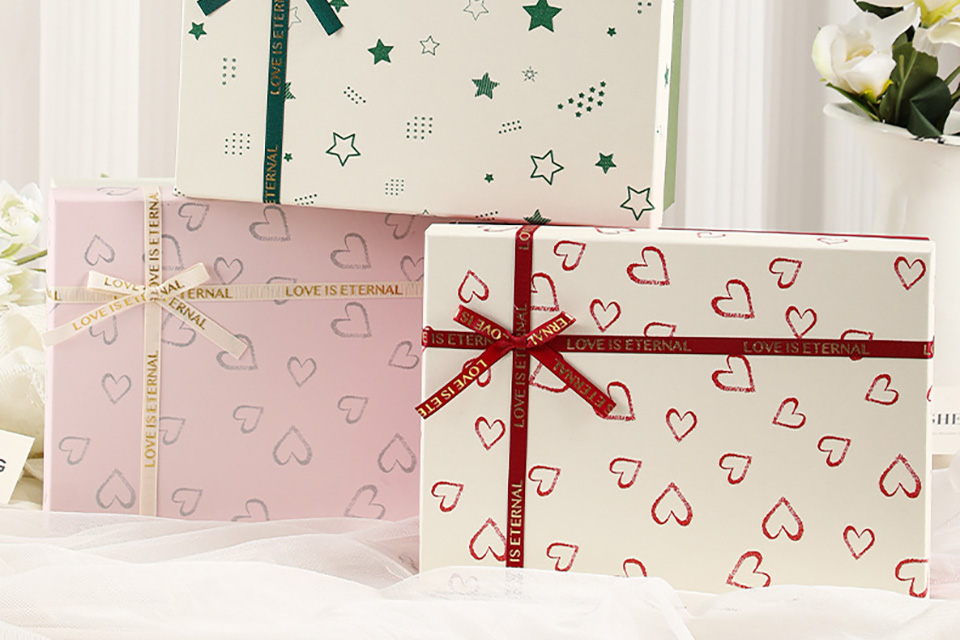
1. Structural Design: Balancing Function and Aesthetics
The structure of the packaging box is the first touchpoint of user experience. Common classic structures such as top and bottom boxes, drawer boxes, and book-style boxes each have their advantages:
- Top and Bottom Boxes (e.g., luxury gift boxes) create a sense of ceremony through a split design, suitable for high-end gifts.
- Slider Boxes (e.g., jewellery packaging) enhance interactivity with a pulling action, combining mystery with convenience.
- Folding Gift Boxes (e.g., electronic products) use a grey board framework, balancing transport convenience with display aesthetics.
Customised structures should be combined with product characteristics. For example, food packaging often adds transparent windows (made of PET material) to visually display contents, while cosmetics frequently employ magnetic flip designs to enhance the tactile experience of opening and closing. Structural design must closely communicate with the factory to ensure production feasibility.
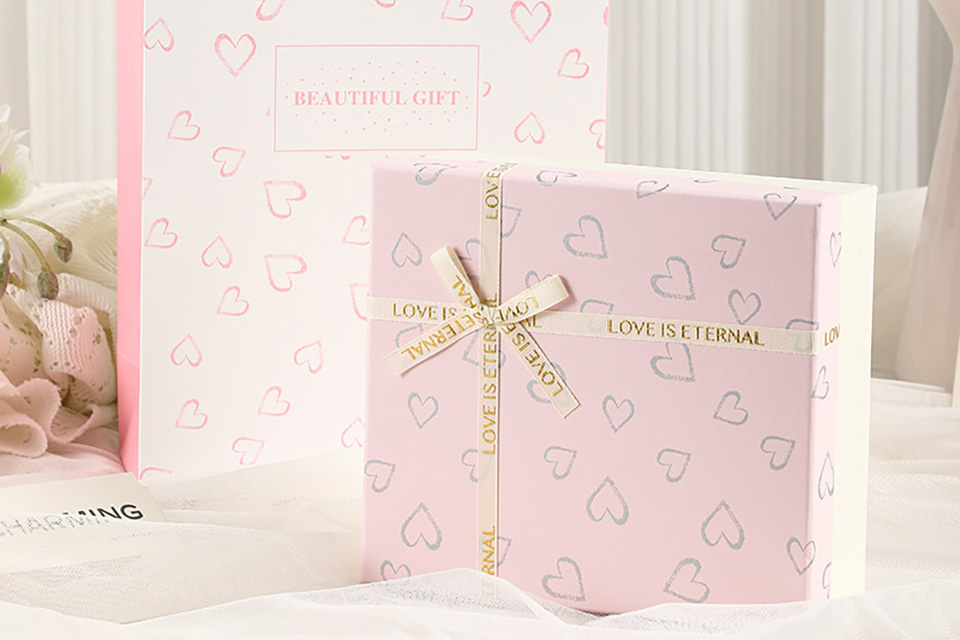
2. Material Selection: Texture Determines Brand Prestige
The material of high-end packaging boxes directly affects tactile and visual experiences:
- Fancy Paper: Perl paper, glitter paper, and other textured materials can increase a low-minded luxurious experience.
- Natural Materials: wooden boxes and leather (eg : real leather rapping) are suitable for luxury goods, which express craftsmanship.
- Eco-Friendly Innovations: biodegradable pulp or recycled material aligns with the trend of stability.
For example, a high-end cosmetics uses laminated art paper added with brand silk lining, which is both environmentally friendly and showcase brand tone. Material selection should balance the cost and effect; For example, metal ornamentation, although expensive, can significantly increase the quality.
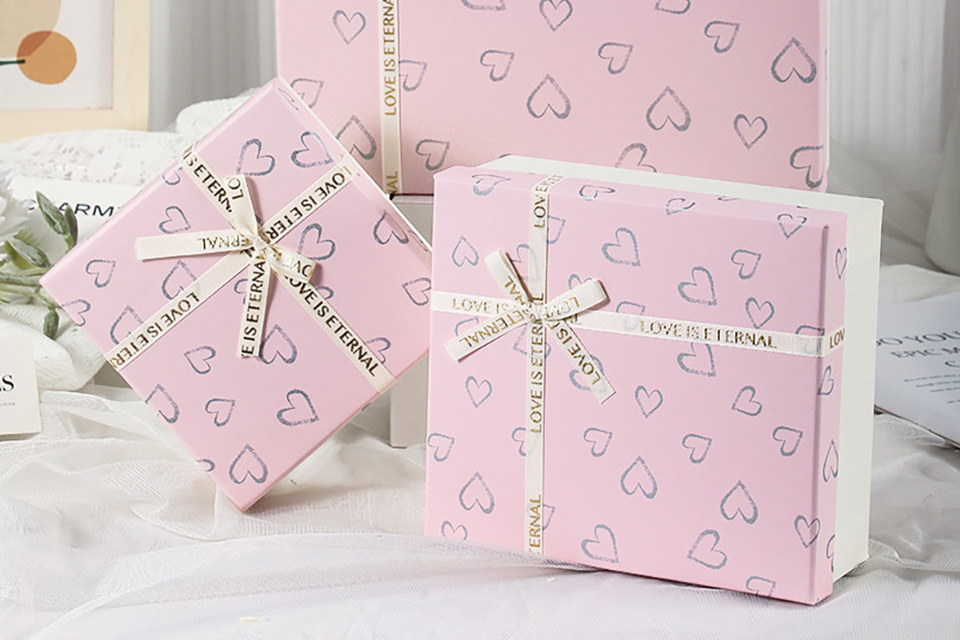
3. Craftsmanship: Details Create Differentiation
Surface treatment techniques are amplifiers of premium feel:
- Gold and Silver Hot Stamping: Suitable to highlight the brand logo, such as gold stamping on alcoholic beverages.
- Spot UV: The three-dimensional experience of the pattern increases through a bright coating, which is usually seen in digital product packaging.
- Embossing and Debossing: Mimics natural textures, adding tactile layers.
In terms of printing technology, Pantone colour matching ensures brand colour consistency (colour difference ΔE≤2), while digital printing technology supports small batch customisation, reducing trial and error costs.
4. Brand Building: Visual Symbols and Emotional Resonance
Packaging serves as a silent storyteller of the brand:
- Colour Psychology: The combination of black and gold conveys prestige and creates a high-end minimalist feel.
- Cultural Element Integration: Palace Museum cultural gift boxes combine traditional patterns with modern illustrations, evoking cultural identity.
- Branding System: Font design must align with brand tone, avoiding information overload.
Case Study: A food packaging design employs handwritten fonts and illustrations to reinforce the concept of “handcrafted”, enhancing premium space.
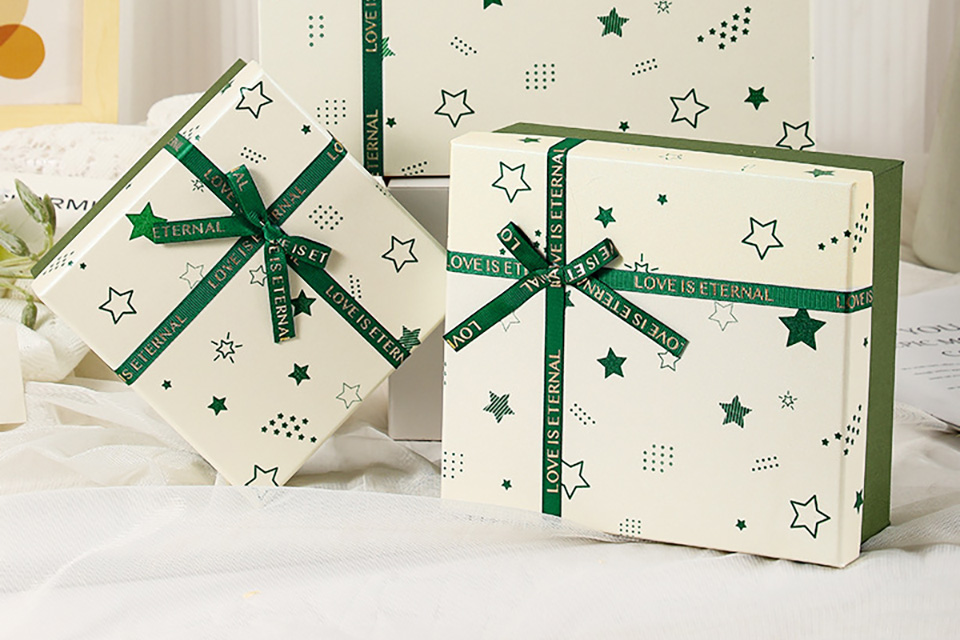
5. User Experience: The Closed Loop from Unboxing to Repeat Purchase
User experience design directly influences consumer loyalty:
- Ease of Opening: Magnetic closures and easy-tear designs (e.g., zipper tear boxes) lower the usage threshold.
- Multi-Functional Structure: Reusable packaging (e.g., converted into storage boxes) extends brand exposure duration.
- Protection Performance: Grey board thickness (≥2mm) and cushioning liners (EVA foam) ensure transport safety.6. Environmental Protection and Sustainability: A Win-Win for Responsibility and OpportunityGreen packaging has become a global trend:
- Material Innovation: Use of FSC-certified paper or bamboo fibre composite materials.
- Carbon Reduction in Processes: Alcohol-free fountain solutions (such as the Rich Day D+ series) reduce VOC emissions.
- Lightweight Design: Reducing the number of packaging layers (such as integrated mailer boxes) lowers logistics costs.
Conclusion
Choosing high-end packaging boxes requires a systematic consideration of six key elements: structure, material, craftsmanship, brand, experience, and environmental protection. Customised solutions should be based on product positioning (for example, luxury goods focusing on materials and craftsmanship, while fast-moving consumer goods prioritise structural innovation) and should be validated through sample testing to ensure effective implementation. Companies can refer to industry benchmark cases, combined with technical support from professional manufacturers, to create packaging solutions that are both aesthetically pleasing and functional, ultimately achieving a dual enhancement of brand value and market return.


